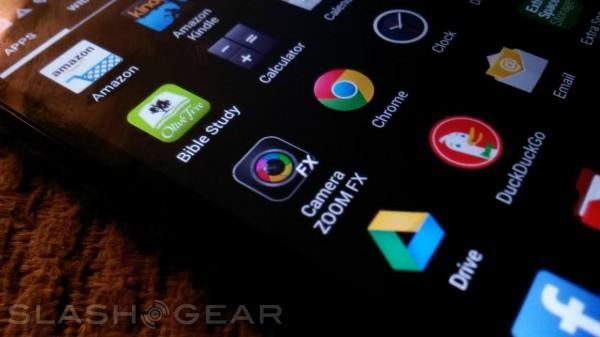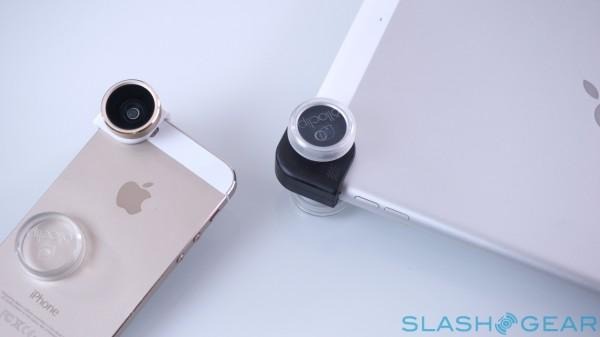Taking your smartphone's camera to the next level
Smartphones come in all varieties, and while some focus on dominating one sort of functionality more so than the rest, photography is a fairly solid feature that gets attention from makers across the board. Improvements are continually made in the realms of both software and hardware, and several smartphones have cropped up in recent times that take photography to the next level (the Lumia 1020, for example). If you don't have one of the latest and greatest handsets, however, that doesn't mean you can't boost your smartphone's photography ability to the next level.
Software
Some manufacturers pay extra special attention to the software they ship with their higher-end smartphones, but those using any lesser model — especially older ones — might not have access to that software and all the perks (HDR, etc.) that come with it.

The best way to avoid these pitfalls is to go with third-party photography software. Camera Zoom FX, as an example, provides a level of control over photographs that you won't find in a lot of default camera software offerings, including the ability to edit and save in full-resolution. Other apps exist as well that can perform different functions, and using a mixture of products for different aspects of your photography will expand what you're able to do. Adobe's Photoshop app for Android is another favorite of many.
It is largely a process of trial-and-error to find the software that best works for your needs, but worth it in the long run.
Hardware
Mobile photography hardware has improved by leaps and bounds over the years, but still leaves a lot to be desired in many cases. That is where photography accessories targeted specifically at smartphones come in — especially clip-on lenses. There's the Olloclip, for example, which we've previously reviewed, as well as its Macro-centric brethren.

One can also go the quasi-mobile photography route using digital cameras designed to both attach and wirelessly connect with a smartphone, mixing the best of both worlds. Sony's QX10 and QX100 are a couple examples.
Conclusion
Mobile photography has its factions, with some turning their nose up to it and others embracing the convenience of taking images with the same device that's in your pocket every day. Regardless of whether you're looking to do some serious mobile photography or simply improve your daily snapshots, investing in a few lenses and an app or two will carry you far.
